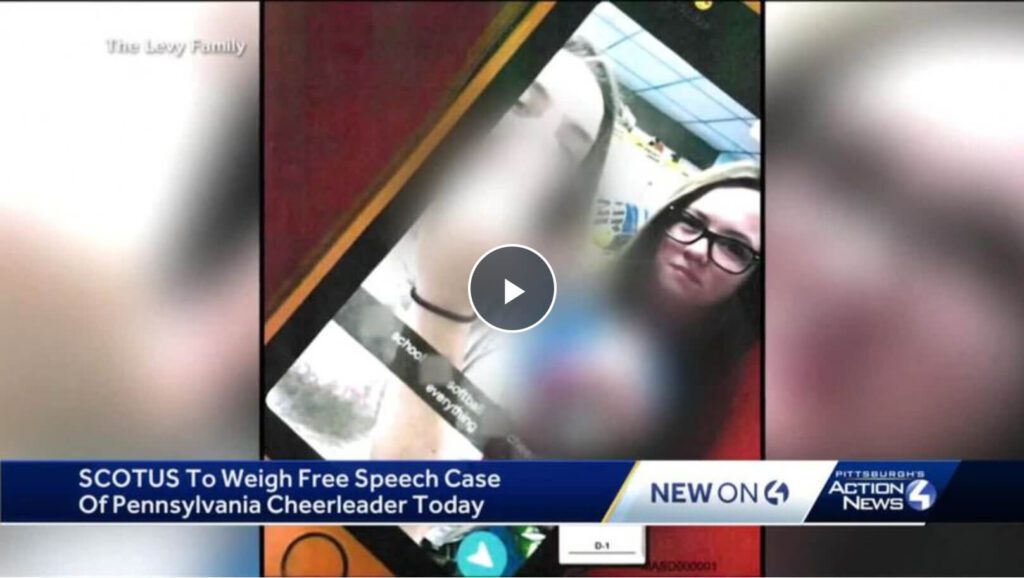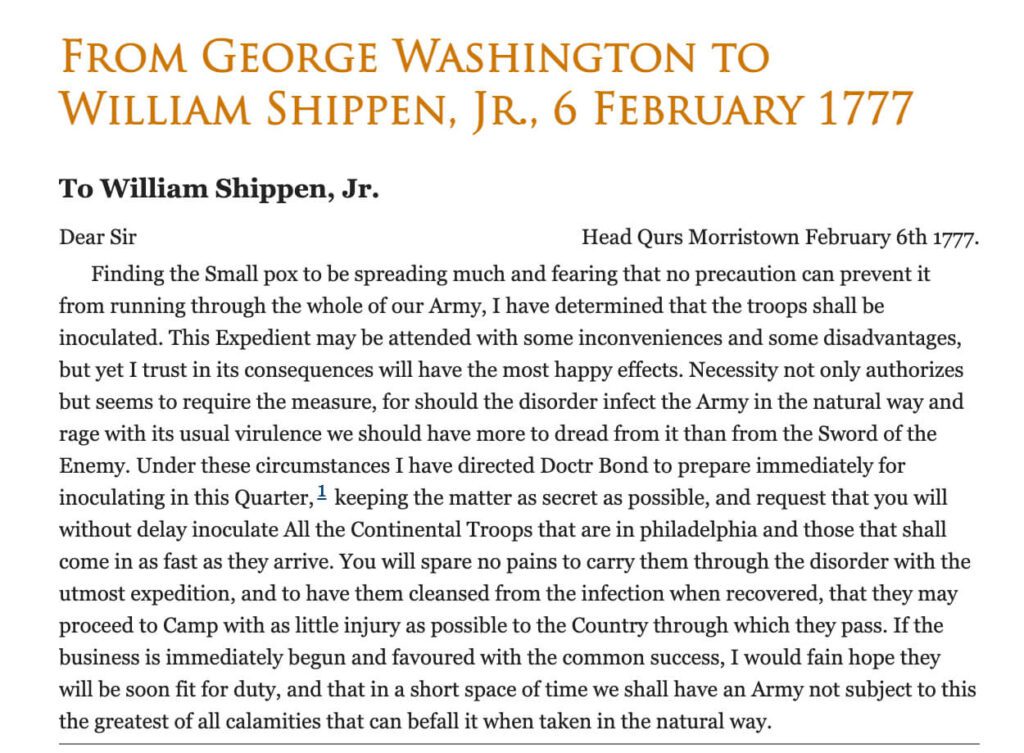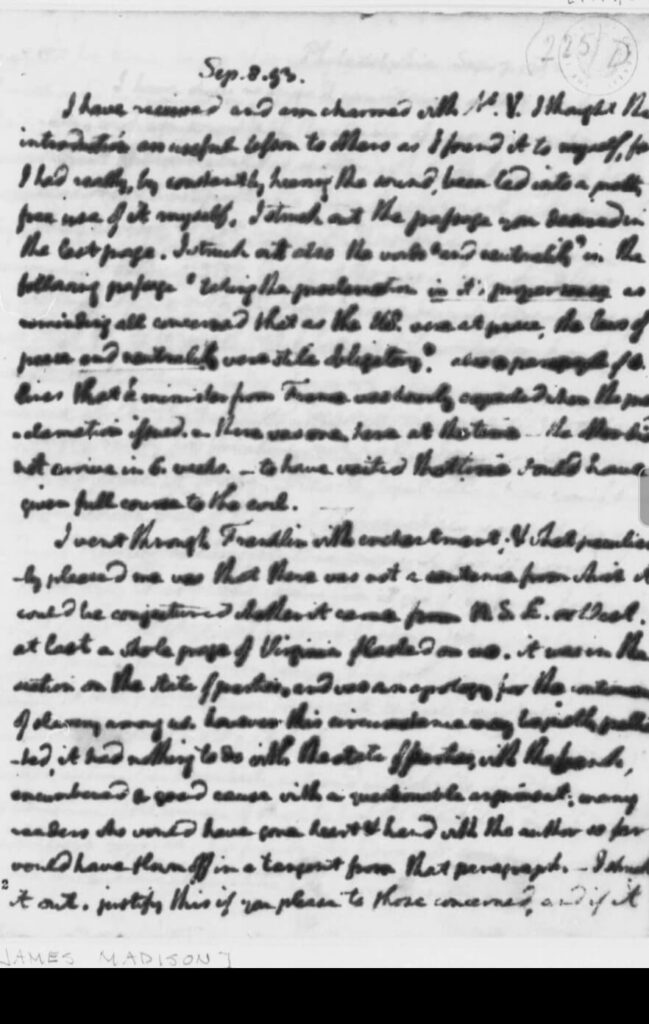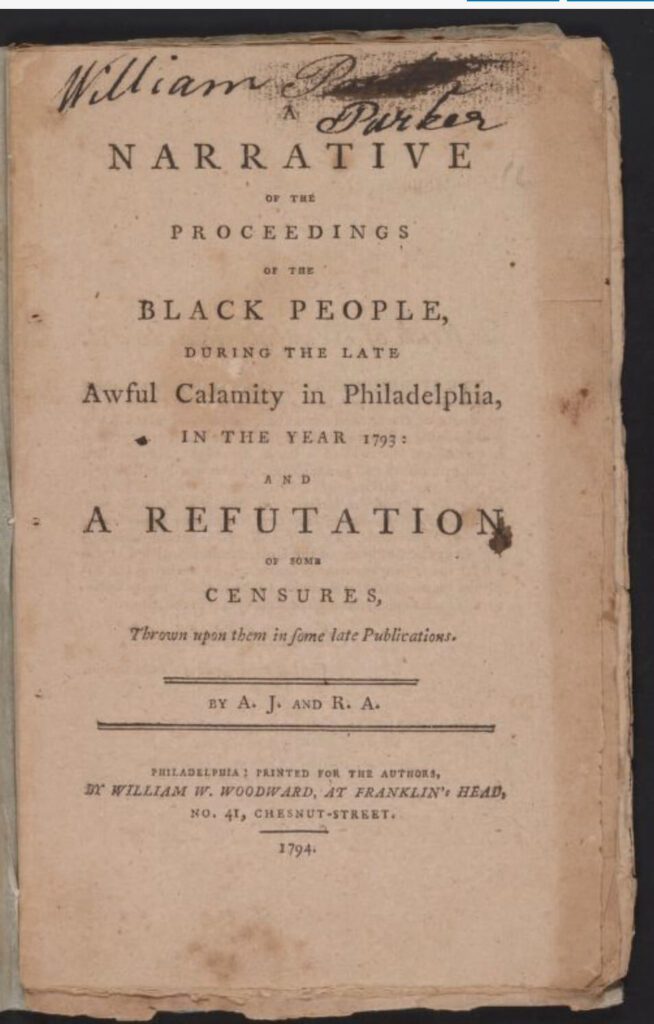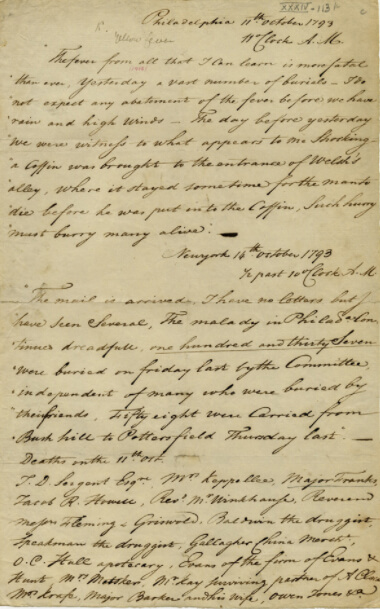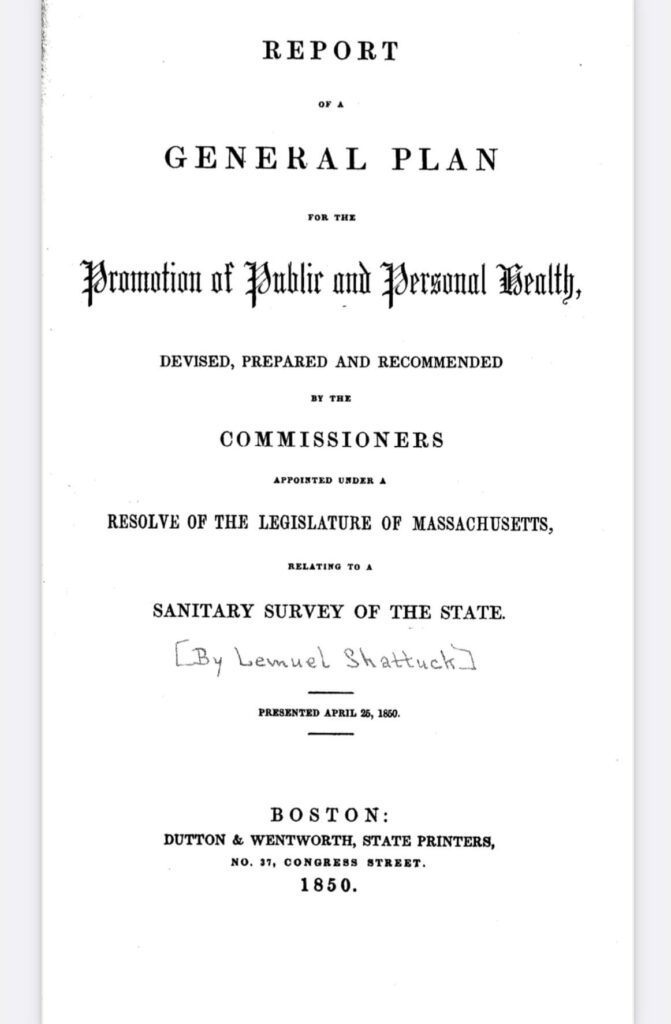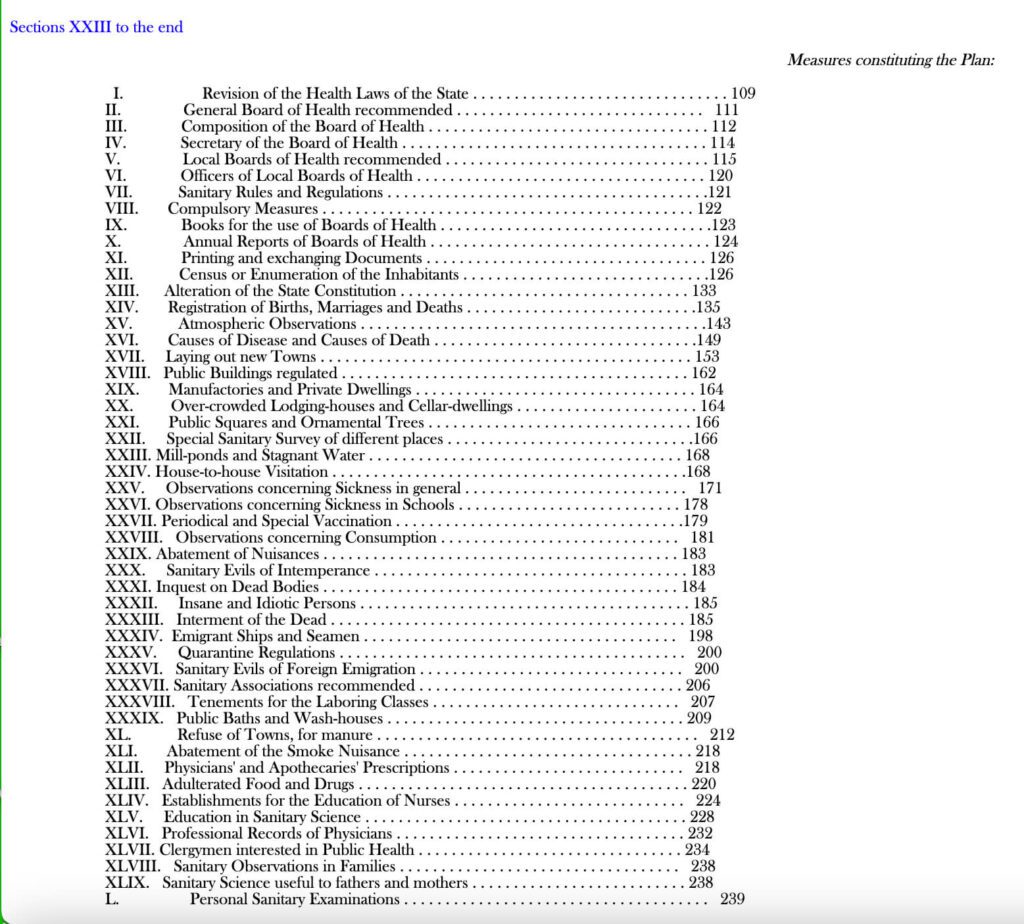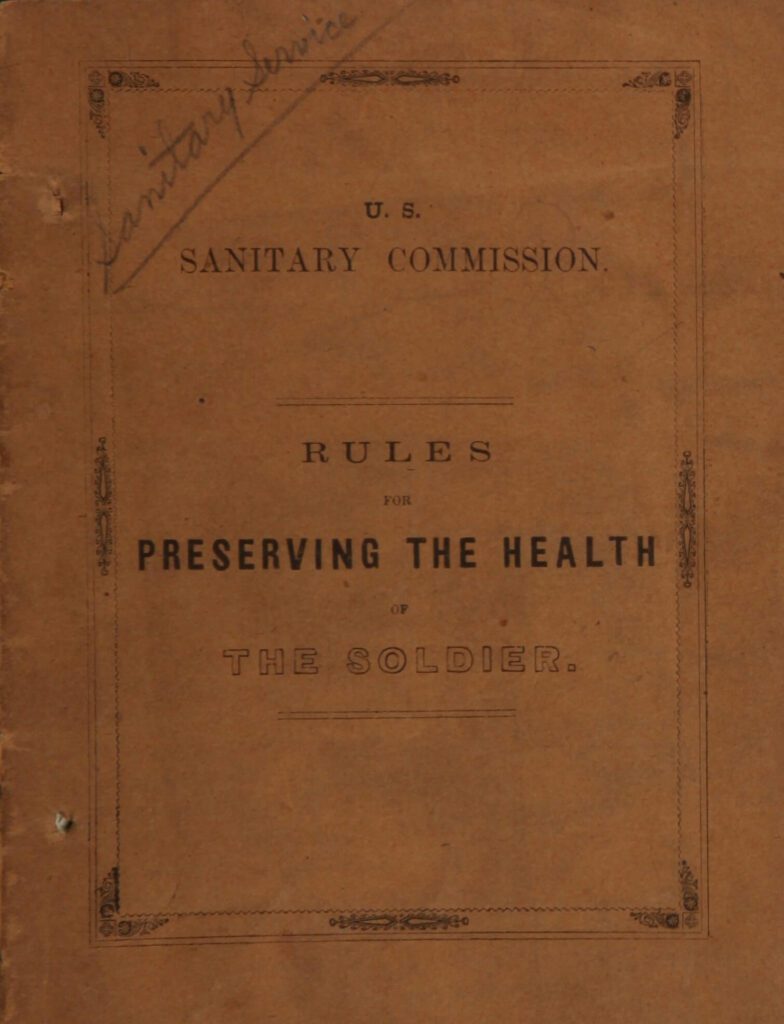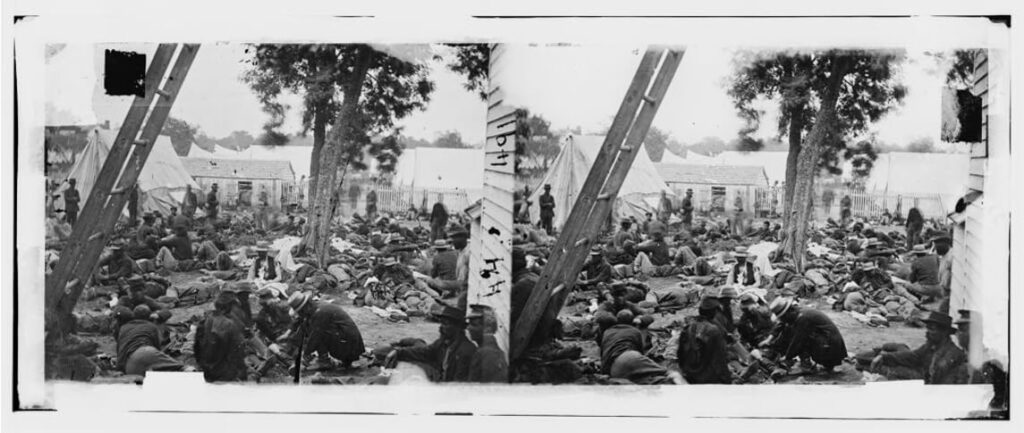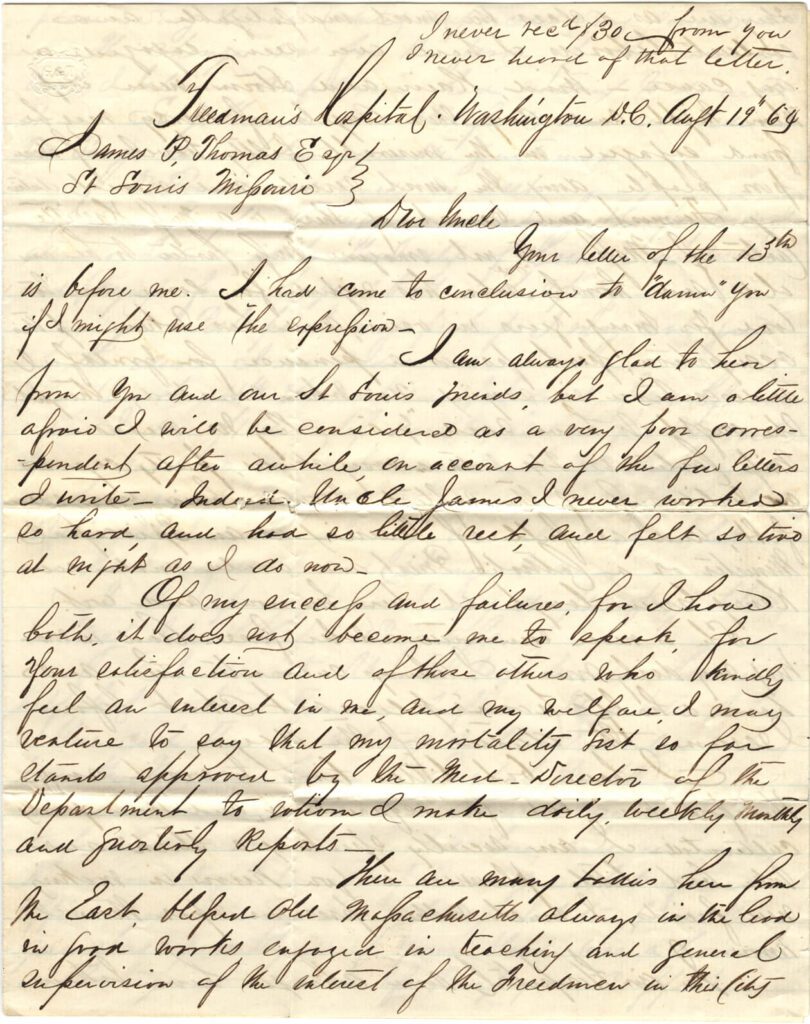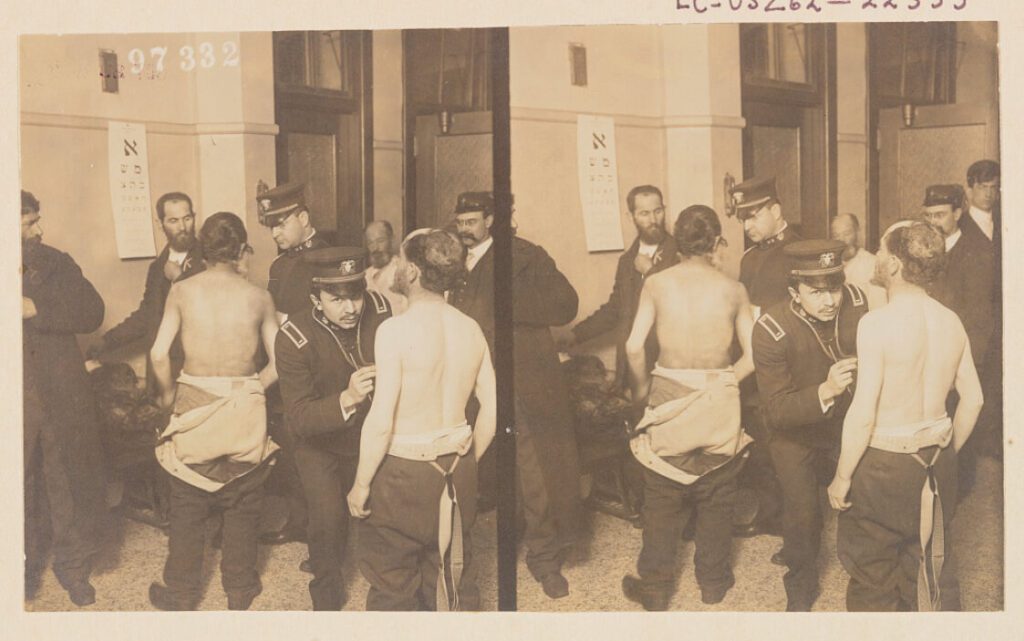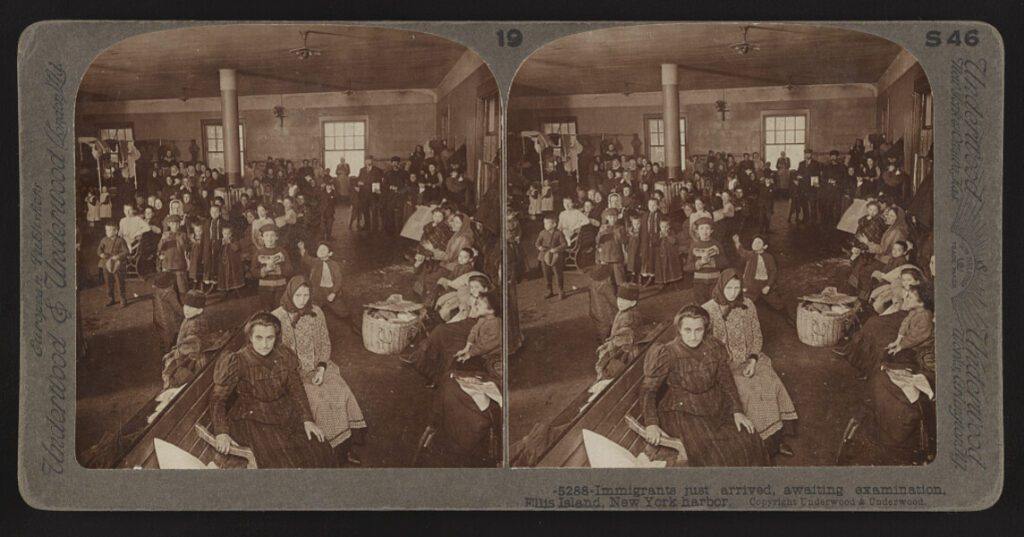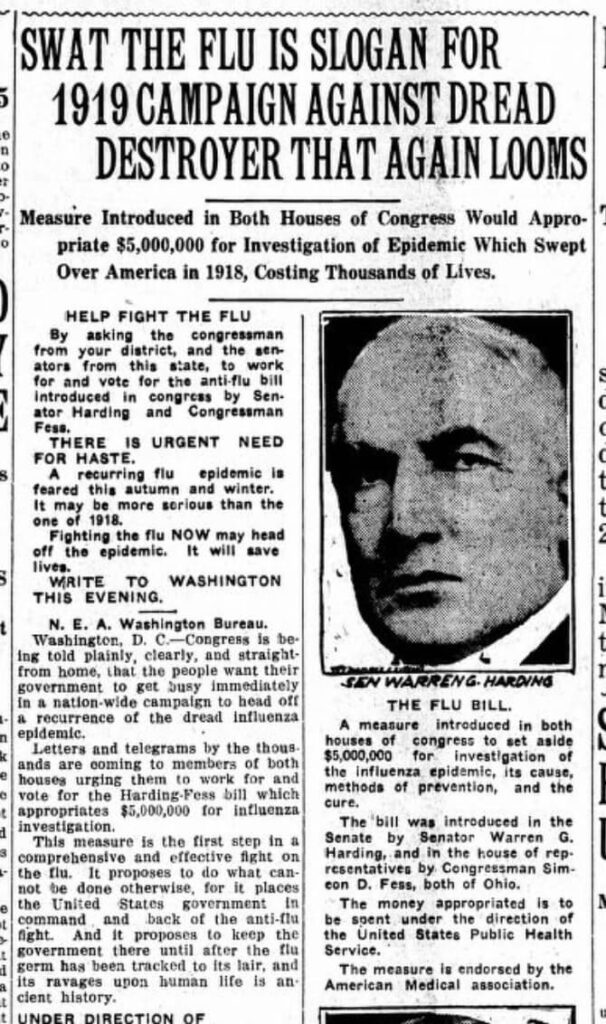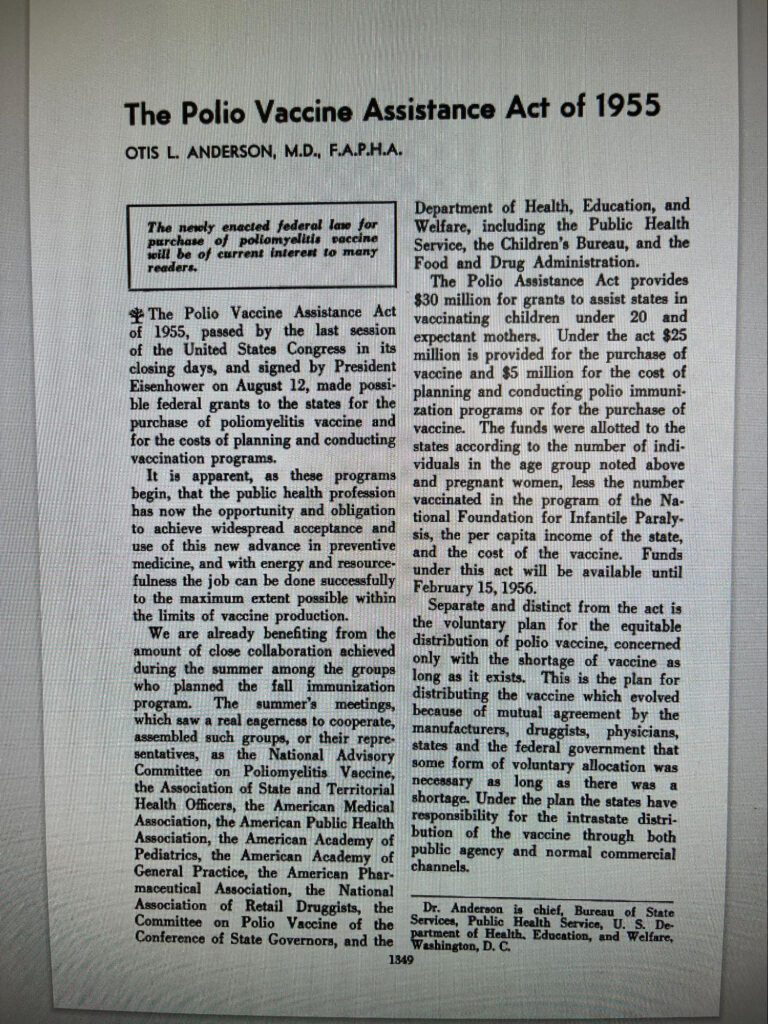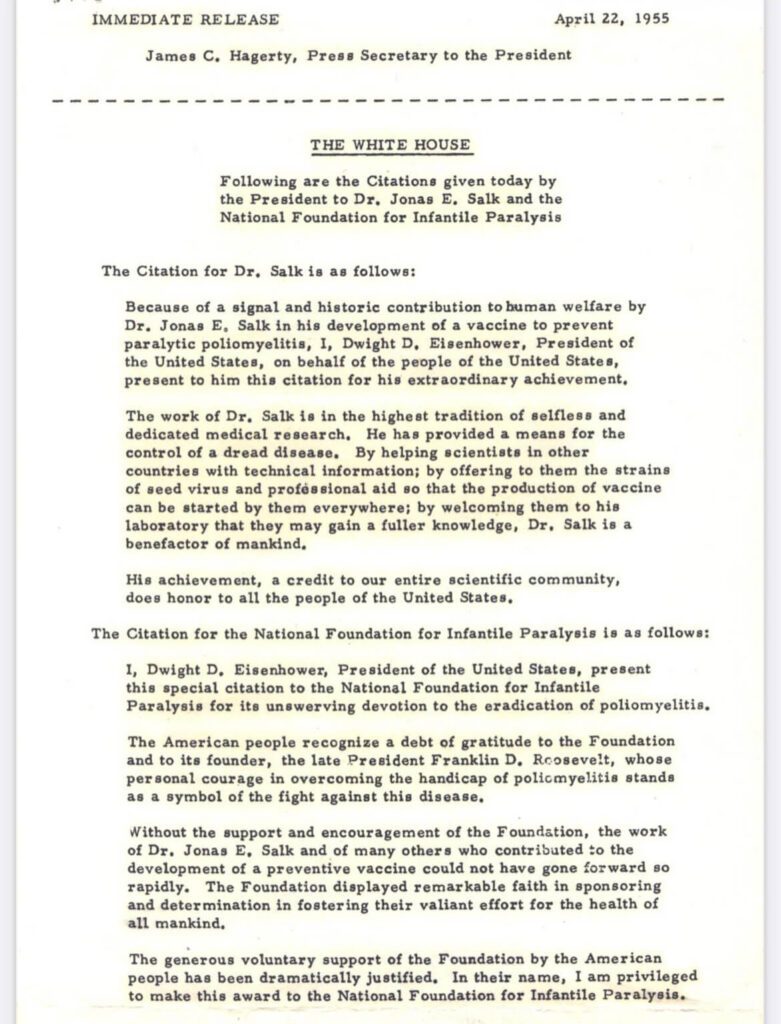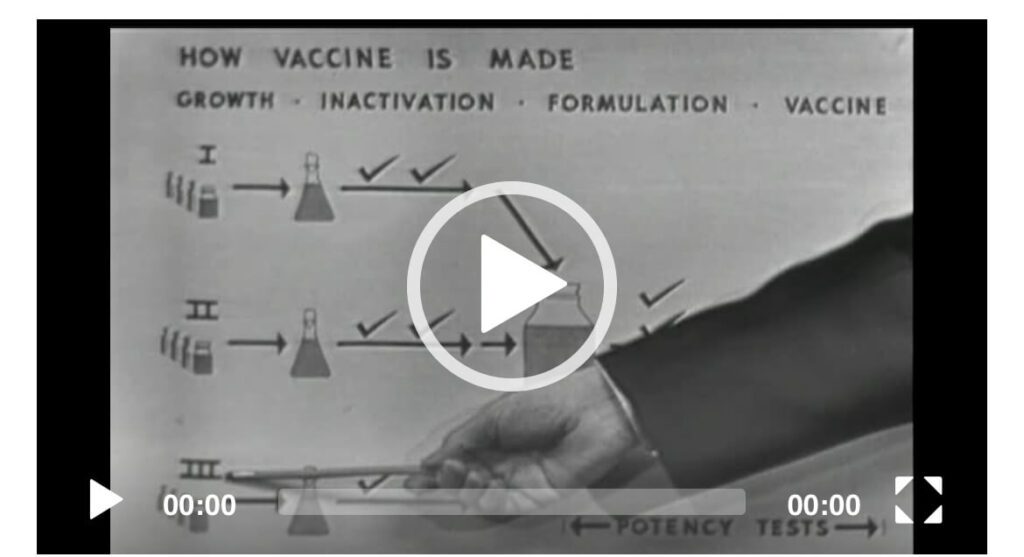The curated resources linked below are an initial sample of the resources coming from a collaborative and rigorous review process with the EAD Content Curation Task Force.
 Reset All
Reset All
Students are introduced to the 9/11 attacks and learn that the nation’s response created tension between the need for security and America’s tradition of liberty. They are then introduced to the Declaration of Independence and Preamble to the U.S. Constitution and learn that these documents describe fundamental values and principles that characterize the American political culture.

The Roadmap

Center for Civic Education


Inspired by Congresswoman Shirley Chisholm’s famous words and life story, the Seat at the Table Project is a collaborative civic art and education project that encourages students to reflect on their own civics identity and agency as they consider bringing their own seat to the table of civic life. The lesson plan, resources, and companion digital exhibit guide teachers and student through participating the project.
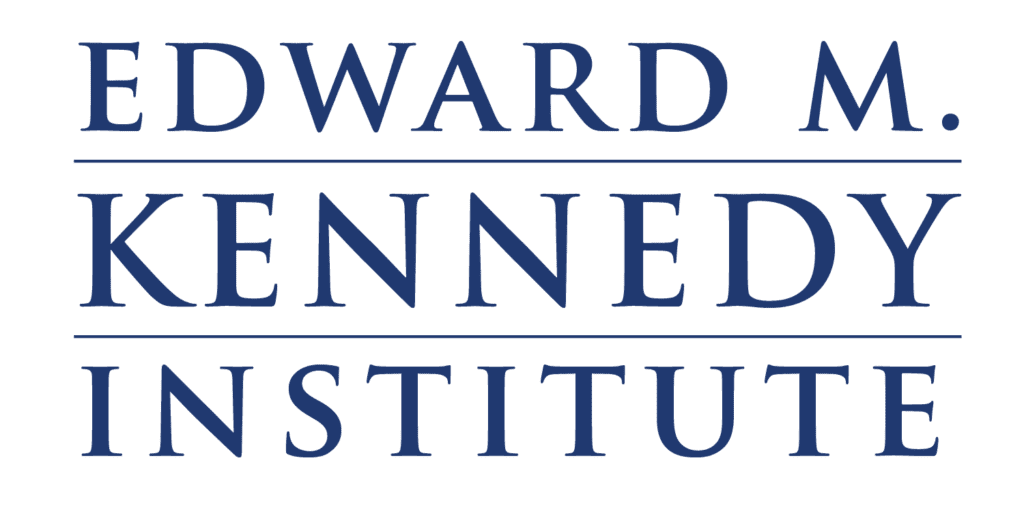
The Roadmap









The Edward M. Kennedy Institute for the United States Senate


This resource probes some of the complex issues arising from the history of Japanese incarceration during World War II and invites students to explore difficult questions about national identity, institutional racism, and the boundaries of US citizenship.
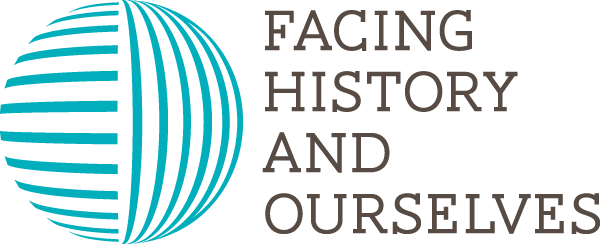
The Roadmap

Facing History and Ourselves


This lesson is designed to help students develop the skills and understanding to engage in civic dialogue across differences. Students will practice empathy through telling each other’s stories.
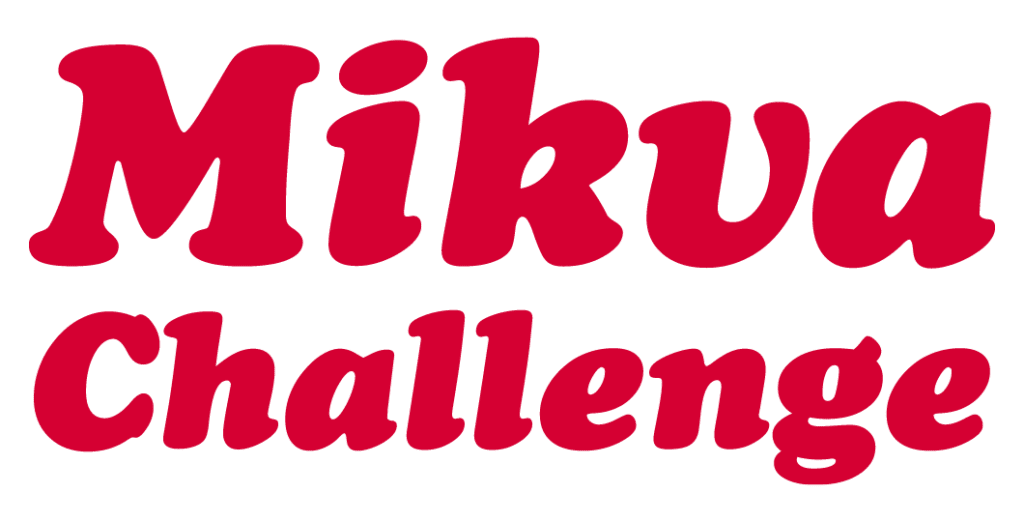
The Roadmap
Mikva Challenge


Civil liberties are the basic individual rights of all citizens, as expressed in the Constitution and (especially) the Bill of Rights, and reinforced by the 14th Amendment.

The Roadmap


National Constitution Center


A documents-based exploration of Reconstruction in the American South, with guiding essay questions, documents representing different and often conflicting views on the same issue, and full audio recordings of all documents.

The Roadmap

Ashbrook/TeachingAmericanHistory

The form of government established by the Constitution includes three key ideas: popular sovereignty, natural rights, and rule of law.

The Roadmap

National Constitution Center


Freedom of speech is so fundamental to the nation’s guiding principles that it is protected in the First Amendment to the Constitution. At the same time, the U.S. Government has imposed limits on that freedom throughout the nation’s history, and not all Americans have enjoyed equal freedom of speech under the law. This set of sources explores freedom of speech through the nation’s laws, courts, protests and controversies. Sources include historical examinations of free speech before the Civil War, during the early 20th century, and during the Civil Rights Era; the Spotlight Kit also explores contemporary issues, including recent controversies that remain unresolved. Sources are indexed below by type and by era, and each source includes a brief description as well as guiding questions for use in the classroom. While longer texts include a link to the full original text, the excerpt provided here is intentionally chosen and edited for classroom use.
The resources in this spotlight kit are intended for classroom use, and are shared here under a CC-BY-SA license. Teachers, please review the copyright and fair use guidelines.

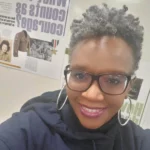

The Roadmap











- Primary Resources by Era/Date1776 - 1865 (3)1900 - 1957 (4)1960s (4)1970s-80s (3)2000 - present (4)
- All 18 Primary ResourcesThe U.S. Bill of Rights (ratified December 15, 1791)
It’s important for students to see the original text of the amendment.
Amendment ICongress shall make no law respecting an establishment of religion, or prohibiting the free exercise thereof; or abridging the freedom of speech, or of the press; or the right of the people peaceably to assemble, and to petition the Government for a redress of grievances.
The Sedition Act, U.S. Congress, 1798Shortly after the ratification of the Bill of Rights, Congress passed the Alien and Sedition Acts. The Sedition Act, part of which is cited here, limits freedom of speech that is critical of the government, particularly during times of war. Enforcement of the act was controversial, suspected of targeting only political opponents.
“SEC. 2. And be it farther enacted, That if any person shall write, print, utter or publish, or shall cause or procure to be written, printed, uttered or published, or shall knowingly and willingly assist or aid in writing, printing, uttering or publishing any false, scandalous and malicious writing or writings against the government of the United States, or either house of the Congress of the United States, or the President of the United States, with intent to defame the said government, or either house of the said Congress, or the said President, or to bring them, or either of them, into contempt or disrepute; or to excite against them, or either or any of them, the hatred of the good people of the United States, or to stir up sedition within the United States, or to excite any unlawful combinations therein, for opposing or resisting any law of the United States, or any act of the President of the United States, done in pursuance of any such law, or of the powers in him vested by the constitution of the United States, or to resist, oppose, or defeat any such law or act, or to aid, encourage or abet any hostile designs of any foreign nation against United States, their people or government, then such person, being thereof convicted before any court of the United States having jurisdiction thereof, shall be punished by a fine not exceeding two thousand dollars, and by imprisonment not exceeding two years.”CitePrintShareAlien and Sedition Acts (1798) | National Archives. (2022, February 8). National Archives |. Retrieved from https://www.archives.gov/milestone-documents/alien-and-sedition-acts#sedition
Anti-slavery petition despite “The Gag Rule,” (1830s)Anti-slavery petition despite “The Gag Rule” 1830s“On May 26, 1836, the House of Representatives adopted a ‘Gag Rule’ stating that all petitions regarding slavery would be tabled without being read, referred, or printed….The enactment of the Gag Rule, rather than discouraging petitioners, energized the anti-slavery movement to flood the Capitol with written demands. Activists held up the suppression of debate as an example of the slaveholding South’s infringement of the rights of all Americans.”
CitePrintShareAdams, J. Q. (n.d.). The Gag Rule | National Museum of American History. National Museum of American History. Retrieved from https://americanhistory.si.edu/democracy-exhibition/beyond-ballot/petitioning/gag-rule
The National Women’s Party protests for suffrage (photograph, 1917)[Policewoman arrests Florence Youmans of Minnesota and Annie Arniel (center) of Delaware for refusing to give up their banners. 1917]The National Woman’s Party protested for suffrage.
“Mrs. Annie Arniel, Wilmington, Delaware, did picket duty at the White House beginning in 1917. She was one of the first six suffrage prisoners and served eight jail sentences: three days in June 1917 and sixty days in Occoquan Workhouse in August-September 1917 for picketing; fifteen days in August 1918 for the Lafayette Square meeting; and five sentences of five days each in January and February 1919, for watchfire demonstrations. Source: Doris Stevens, Jailed for Freedom (New York: Boni and Liveright, 1920), 355.”
CitePrintSharePolicewoman arrests Florence Youmans of Minnesota and Annie Arniel (center) of Delaware for refusing to give up their banners. (n.d.). Library of Congress. Retrieved from https://www.loc.gov/item/mnwp000073
“Freedom of Speech” (painting, Norman Rockwell, 1943)Freedom of Speech, Norman Rockwell. 1943. ©SEPS: Curtis Publishing, Indianapolis, IN.This iconic image from Norman Rockwell’s “Four Freedoms” paintings depicts a particular image of free speech; students can make a wide range of observations about the image.
CitePrintShareNorman Rockwell Four Freedoms paintings inspired by Franklin Roosevelt. (n.d.). Enduring Ideals: Rockwell, Roosevelt & the Four Freedoms. Retrieved from https://rockwellfourfreedoms.org/about-the-exhibit/rockwells-four-freedoms/
The March on Washington (photograph, 1963)Demonstrators at the civil rights march on Washington, D.C. demand an end to police violence, August 28, 1963While the Martin Luther King, Jr. “I Have a Dream” speech is used frequently in schools, students do not as often have the opportunity to explore the full set of demands for the march, the “March on Washington for Jobs and Freedom” which had first been proposed in 1941. The protest signs in this image are echoed in contemporary protests now.
CitePrintShareBrady, S. (n.d.). Policing the Police: A Civil Rights Story | Origins. Origins: Current Events in Historical Perspective. Retrieved from https://origins.osu.edu/article/policing-police-civil-rights-story?language_content_entity=en
The Memphis sanitation workers’ strike (photograph, 1968)1968, Memphis, Tennessee, USA — Civil Rights Marchers with “I Am A Man” Signs — Image by © Bettmann/CORBISAny number of images from the Civil Rights era would benefit a unit on freedom of speech, but this particular image does a few things: (1) marks the occasion immediately before Martin Luther King’s assassination; (2) provides an image of a single text used over and over, in contrast to the image above with multiple demands; and (3) juxtaposes protesters exercising their first amendment rights with a police force wielding weapons.
CitePrintShareCooper, L. (n.d.). Sanitation workers' strike in Memphis, Tenn. in 1968. Zinn Education Project. Retrieved from https://www.zinnedproject.org/slide/slide_memphis_strike/civil-rights-marchers-with-i-am-a-man-signs/
Chicano Student Movement newspaper (image and newspaper text, 1968)Chicano Student Movement Newspaper (1968)Chicano Student Movement Newspaper (1968)The East L.A. Walkouts, involving thousands of students from L.A. public schools, included numerous demands for school reform. Students protested the lack of inclusion of their history in the curriculum, widespread prohibitions against speaking Spanish in schools, and inequity of both opportunity and instruction. Police responded to student protesters with violence.
Tinker v. Des Moines (1969)In this case, John Tinker (15), Christopher Eckhardt (16), and Mary Beth Tinker (13) chose to wear black armbands to their schools as a silent protest against the War in Vietnam. School authorities sent them home until they would agree not to wear the armbands. The case, which made its way to the Supreme Court, became a landmark decision that laid the groundwork not only for students to exercise freedom of speech in school (with some limits imposed by this case and others), but also to exercise other Constitutional rights.
Mr. Justice FORTAS delivered the opinion of the Court.“First Amendment rights, applied in light of the special characteristics of the school environment, are available to teachers and students. It can hardly be argued that either students or teachers shed their constitutional rights to freedom of speech or expression at the schoolhouse gate….
…In our system, state-operated schools may not be enclaves of totalitarianism. School officials do not possess absolute authority over their students. Students in school as well as out of school are 'persons' under our Constitution. They are possessed of fundamental rights which the State must respect, just as they themselves must respect their obligations to the State. In our system, students may not be regarded as closed-circuit recipients of only that which the State chooses to communicate. They may not be confined to the expression of those sentiments that are officially approved. In the absence of a specific showing of constitutionally valid reasons to regulate their speech, students are entitled to freedom of expression of their views…
…A student's rights, therefore, do not embrace merely the classroom hours. When he is in the cafeteria, or on the playing field, or on the campus during the authorized hours, he may express his opinions, even on controversial subjects like the conflict in Vietnam, if he does so without 'materially and substantially interfer(ing) with the requirements of appropriate discipline in the operation of the school' and without colliding with the rights of others.”
CitePrintShareJohn F. TINKER and Mary Beth Tinker, Minors, etc., et al., Petitioners, v. DES MOINES INDEPENDENT COMMUNITY SCHOOL DISTRICT et al. (n.d.). Legal Information Institute. Retrieved from https://www.law.cornell.edu/supremecourt/text/393/503
Demaske, Chris. “Village of Skokie v. National Socialist Party of America (Ill).” Middle Tennessee State University, https://www.mtsu.edu/first-amendment/article/728/village-of-skokie-v-national-socialist-party-of-america-ill. Accessed 20 November 2022.
Goldberger, David. “The Skokie Case: How I Came to Represent the Free Speech Rights of Nazis.” American Civil Liberties Union, 2 March 2020, https://www.aclu.org/issues/free-speech/rights-protesters/skokie-case-how-i-came-represent-free-speech-rights-nazis. Accessed 20 November 2022.
Village of Skokie v. National Socialist Party of America [photographs,1978]“In Village of Skokie v. National Socialist Party of America, 373 N. E. 2d 21 (Ill. 1978), the Illinois Supreme Court held that the display of swastikas did not constitute fighting words,” setting legal precedent for other freedom of speech and hate speech cases that followed. The neo-Nazi group pictured in these photographs fought for the right to march in Chicago and Skokie Illinois, the latter a predominantly Jewish town with a significant number of Holocaust survivors. The bottom photograph shows counter-demonstrators.
CitePrintShareDemaske, Chris. “Village of Skokie v. National Socialist Party of America (Ill).” Middle Tennessee State University, https://www.mtsu.edu/first-amendment/article/728/village-of-skokie-v-national-socialist-party-of-america-ill. Accessed 20 November 2022.
Goldberger, David. “The Skokie Case: How I Came to Represent the Free Speech Rights of Nazis.” American Civil Liberties Union, 2 March 2020, https://www.aclu.org/issues/free-speech/rights-protesters/skokie-case-how-i-came-represent-free-speech-rights-nazis. Accessed 20 November 2022.
Book banning (Photograph, 1980)Photo, Kurt VonnegutTranscriptIn this photo, author Kurt Vonnegut Jr., speaks to reporters on a federal court ruling calling for a trial to determine if a Long Island school board can ban a number of books, including his "Slaughterhouse Five," at New York Civil Liberty offices in 1980. (AP Photo-File, used with permission from the Associated Press)
The issue of school boards banning controversial texts from classrooms and school libraries has resurfaced in a significant number of places in 2021-22; this photograph, with visible titles to investigate, adds a historical context to the perennial issue.
CitePrintShareWebb, S. L. (n.d.). Book Banning | The First Amendment Encyclopedia. Middle Tennessee State University. Retrieved from https://www.mtsu.edu/first-amendment/article/986/book-banning
Ronald Reagan, Speech at Moscow State University (1988)This speech, delivered before the fall of the Soviet Union, provides another definition of freedom and its centrality to American democracy and to democracy writ large.
“...Go to any university campus, and there you'll find an open, sometimes heated discussion of the problems in American society and what can be done to correct them. Turn on the television, and you'll see the legislature conducting the business of government right there before the camera, debating and voting on the legislation that will become the law of the land. March in any demonstrations, and there are many of them - the people's right of assembly is guaranteed in the Constitution and protected by the police.But freedom is more even than this: Freedom is the right to question, and change the established way of doing things. It is the continuing revolution of the marketplace. It is the understanding that allows us to recognize shortcomings and seek solutions. It is the right to put forth an idea, scoffed at by the experts, and watch it catch fire among the people. It is the right to stick - to dream - to follow your dream, or stick to your conscience, even if you're the only one in a sea of doubters.
Freedom is the recognition that no single person, no single authority of government has a monopoly on the truth, but that every individual life is infinitely precious, that every one of us put on this world has been put there for a reason and has something to offer.”
CitePrintShareReagan, R. W. (n.d.). Digital History. Digital History. Retrieved from http://www.digitalhistory.uh.edu/disp_textbook.cfm?smtid=3&psid=1234
Snyder v. Phelps (2011)In this case, the Westboro Baptist Church staged a public protest on public grounds near the funeral of a soldier who was killed in active duty in Iraq. They staged similar protests at military funerals around the country; these protests were notable for the incendiary nature of the content of their picket signs, which expressed anti-LGBTQ sentiments and blamed the US Government and US military for its tolerance of LGBTQ soldiers and issues. The Court’s opinion, referencing other cases as precedents, held that freedom of speech cannot hinge on the “offensive or disagreeable” nature of the speech.
SNYDER v. PHELPSChief Justice Roberts , Opinion of the Court (March 2, 2011)
“Simply put, the church members had the right to be where they were. Westboro alerted local authorities to its funeral protest and fully complied with police guidance on where the picketing could be staged. The picketing was conducted under police supervision some 1,000 feet from the church, out of the sight of those at the church. The protest was not unruly; there was no shouting, profanity, or violence.
…Given that Westboro’s speech was at a public place on a matter of public concern, that speech is entitled to ‘special protection’ under the First Amendment . Such speech cannot be restricted simply because it is upsetting or arouses contempt. ‘If there is a bedrock principle underlying the First Amendment , it is that the government may not prohibit the expression of an idea simply because society finds the idea itself offensive or disagreeable.’ Texas v. Johnson, 491 U. S. 397, 414 (1989) . Indeed, ‘the point of all speech protection … is to shield just those choices of content that in someone’s eyes are misguided, or even hurtful.’ Hurley v. Irish-American Gay, Lesbian and Bisexual Group of Boston, Inc., 515 U. S. 557, 574 (1995).”
CitePrintShareSNYDER v. PHELPS. (n.d.). Legal Information Institute. Retrieved from https://www.law.cornell.edu/supct/html/09-751.ZO.html
Schenck v. United States (1919)In this landmark case, the Supreme Court established limitations to freedom of speech – the notions of “clear and present danger” and restrictions during time of war. The case continues to reverberate throughout American History as a point of reference and as formal legal precedence for other cases.
- JUSTICE HOLMES delivered the opinion of the court.
“We admit that, in many places and in ordinary times, the defendants, in saying all that was said in the circular, would have been within their constitutional rights. But the character of every act depends upon the circumstances in which it is done. ..The most stringent protection of free speech would not protect a man in falsely shouting fire in a theatre and causing a panic. It does not even protect a man from an injunction against uttering words that may have all the effect of force. …The question in every case is whether the words used are used in such circumstances and are of such a nature as to create a clear and present danger that they will bring about the substantive evils that Congress has a right to prevent. It is a question of proximity and degree. When a nation is at war, many things that might be said in time of peace are such a hindrance to its effort that their utterance will not be endured so long as men fight, and that no Court could regard them as protected by any constitutional right.”
CitePrintShareWhite, E. D. (n.d.). Schenck v. United States :: 249 US 47 (1919). Justia US Supreme Court Center. Retrieved from https://supreme.justia.com/cases/federal/us/249/47/#tab-opinion-1928047
Mahanoy Area School Dist. v. B. L. (news clip, 2021)Mahanoy Area School District v. B.L.Transcript“June 23 (Reuters) - The U.S. Supreme Court on Wednesday ruled in favor of a Pennsylvania teenager who sued after a profanity-laced social media post got her banished from her high school's cheerleading squad in a closely watched free speech case, but it declined to outright bar public schools from regulating off-campus speech.
The justices ruled 8-1 that the punishment that Mahanoy Area School District officials gave the plaintiff, Brandi Levy, for her social media post - made on Snapchat at a local convenience store in Mahanoy City on a weekend - violated her free speech rights under the U.S. Constitution's First Amendment. The decision was authored by liberal Justice Stephen Breyer.”
The ubiquity of social media and cell phones have added complexity to the question of students’ freedom of speech (which had been otherwise “settled” in the Tinker v. Des Moines case); this recent case examined the question of how far schools’ regulation of, and consequences for, student speech can extend.
CitePrintShareImage: SHERMAN, M. (2021, April 28). US Supreme Court weighs Pa. student's Snapchat profanity case. WTAE. Retrieved from https://www.wtae.com/article/supreme-court-weighs-pennsylvania-student-snapchat-profanity-case/36279606#
Text: Chung, A. (2021, June 23). Cheerleader prevails at U.S. Supreme Court in free speech case. Reuters. Retrieved from https://www.reuters.com/legal/litigation/us-supreme-court-hands-victory-cheerleader-free-speech-case-2021-06-23/
Roth v. United States (1957)In this case, the Supreme Court considered whether material deemed “obscene” should be protected by the First Amendment. The majority opinion declares that it is not protected speech; the opinion raises fundamental questions about how society determines what is and is not “obscene.” This question arises throughout U.S. history, in subsequent cases about public use of profanity, restrictions of speech in broadcast media, school book bans, and regulation of student behavior on social media, included in other sources in this collection.
Roth v. United States, 354 U.S. 476 (1957)- JUSTICE BRENNAN delivered the opinion of the Court.
“All ideas having even the slightest redeeming social importance -- unorthodox ideas, controversial ideas, even ideas hateful to the prevailing climate of opinion -- have the full protection of the guaranties, unless excludable because they encroach upon the limited area of more important interests. But implicit in the history of the First Amendment is the rejection of obscenity as utterly without redeeming social importance. …We hold that obscenity is not within the area of constitutionally protected speech or press. It is strenuously urged that these obscenity statutes offend the constitutional guaranties because they punish incitation to impure sexual thoughts, not shown to be related to any overt antisocial conduct which is or may be incited in the persons stimulated to such thoughts….
The fundamental freedoms of speech and press have contributed greatly to the development and wellbeing of our free society and are indispensable to its continued growth. Ceaseless vigilance is the watchword to prevent their erosion by Congress or by the States. The door barring federal and state intrusion into this area cannot be left ajar; it must be kept tightly closed, and opened only the slightest crack necessary to prevent encroachment upon more important interests. It is therefore vital that the standards for judging obscenity safeguard the protection of freedom of speech and press for material which does not treat sex in a manner appealing to prurient interest.
[The Court suggests] this test: whether, to the average person, applying contemporary community standards, the dominant theme of the material, taken as a whole, appeals to prurient interest.”
CitePrintShare“Roth v. United States :: 354 U.S. 476 (1957).” Justia US Supreme Court, https://supreme.justia.com/cases/federal/us/354/476/. Accessed 13 November 2022.
Parents at a school board meeting, Loudoun County VA (photograph, 2021)As stated above, the issue of school boards banning controversial texts from classrooms and school libraries has resurfaced in a significant number of places in 2021-22.
CitePrintShareOliphant, J., & Borter, G. (2021, June 23). Partisan war over teaching history and racism stokes tensions in U.S. schools. Reuters. Retrieved from https://www.reuters.com/world/us/partisan-war-over-teaching-history-racism-stokes-tensions-us-schools-2021-06-23/
House Bill 2670, State of Tennessee (2022) and House Bill 1557, State of Florida (2022)These recent bills, and others like them in other states, raise questions about the power of legislatures, school systems and departments of education to circumscribe what teachers are, or are not, allowed to teach about in schools, colleges and universities
HOUSE BILL 2670 (2022-03-31)BE IT ENACTED BY THE GENERAL ASSEMBLY OF THE STATE OF TENNESSEE:
SECTION 5.
(a) A public institution of higher education shall not:
(1) Conduct any mandatory training of students or employees if the training includes one (1) or more divisive concepts;
(2) Use training programs or training materials for students or employees if the program or material includes one (1) or more divisive concepts; or
(3) Use state-appropriated funds to incentivize, beyond payment of regular salary or other regular compensation, a faculty member to incorporate one (1) or more divisive concepts into academic curricula.
(b) If a public institution of higher education employs employees whose primary duties include diversity, then the duties of such employees must include efforts to strengthen and increase intellectual diversity among the students and faculty of the public institution of higher education at which they are employed.
SECTION 6.
(a) Each public institution of higher education shall conduct a biennial survey of the institution's students and employees to assess the campus climate with regard to diversity of thought and the respondents' comfort level in speaking freely on campus, regardless of political affiliation or ideology. The institution shall publish the results of the biennial survey on the institution's website.
(b) This section is repealed on July 1, 2028
CitePrintShareBill Text: TN HB2670 | 2021-2022 | 112th General Assembly | Draft. (n.d.). LegiScan. Retrieved from https://legiscan.com/TN/text/HB2670/2021
House Bill 1557 (2022) - The Florida Senate. (2022, February 28). Florida Senate. Retrieved from https://www.flsenate.gov/Session/Bill/2022/1557/?Tab=BillText
Education for American Democracy


The Coronavirus Pandemic of 2020 has increased public awareness of the field of public health, which takes as its key goals “protecting and improving the health of people and their communities”(according to the CDC). In part because public health is so little understood or discussed in the U.S., government interventions to respond to the pandemic, including efforts to encourage masking and vaccinations, met with significant controversy and a wide variety of responses on the state and local levels. But the notion of government response to public health crises was not new in 2020; indeed, American public health measures including quarantine and inoculation predate the founding of the United States.
This Spotlight Kit covers a range of historic events in the realm of public health, including (but not limited to) Yellow Fever in 1793, public health crises of the Civil War, the 1918 flu epidemic, and the development of the polio vaccine in 1955. The documents herein reveal perennial questions about what the responsibility of the government is to its citizens’ health and what the limitations are to the public will for government intervention.
The resources in this spotlight kit are intended for classroom use, and are shared here under a CC-BY-SA license. Teachers, please review the copyright and fair use guidelines.



The Roadmap

















- Primary Resources by Era/DateEighteenth Century (4)Nineteenth Century (5)Early Twentieth Century (including 1918 Flu Pandemic) (4)Later Twentieth Century (5)
- All 18 Primary ResourcesFrom George Washington to William Shippen, Jr. (1777)
During the Revolutionary War, according to military historians, approximately 90% of deaths among soldiers were the result of the spread of smallpox. As a result, Washington decided to mandate the vaccination of the troops – a process more dangerous and complicated in that era than our public vaccination campaigns today.
CitePrintShare“From George Washington to William Shippen, Jr., 6 February 1777,” Founders Online, National Archives, https://founders.archives.gov/documents/Washington/03-08-02-0281. [Original source: The Papers of George Washington, Revolutionary War Series, vol. 8, 6 January 1777 – 27 March 1777, ed. Frank E. Grizzard, Jr. Charlottesville: University Press of Virginia, 1998, p. 264.]
Thomas Jefferson to James Madison (1793)TranscriptThomas Jefferson to James Madison, 1793: “I think there is rational danger, but that I had before announced that I should not go till the beginning of October, & I do not like to exhibit the appearance of panic. Besides that I think there might serious ills proceed from there being not a single member of the administration in place. Poor Hutcheson dined with me on Friday was sennight, was taken that night on his return home, & died the day before yesterday.”
In this letter, Thomas Jefferson describes how the yellow fever is harming countless people, even those in the government, yet no one seems to know what can be done. Alexander Hamilton is ill, others are sick or dying, and Jefferson writes about avoiding the appearance of “panic” for the public.
1The resources in this spotlight kit are intended for classroom use. Teachers, if your use will be beyond a single classroom, please review the copyright and fair use guidelines.CitePrintShareThomas Jefferson to James Madison, September 8, with Fragment Copy. -09-08, 1793. Manuscript/Mixed Material. Retrieved from the Library of Congress, accessed from the Library of Congress on March 27, 2022, at www.loc.gov/item/mtjbib007979/.
Note: If you select to download the PDF below the image, you can see a transcript of the letter.
A Narrative of the Proceedings of the Black People, during the Late Awful Calamity in Philadelphia, in the Year 1793TranscriptA narrative of the proceedings of the black people, during the late awful calamity in Philadelphia, in the year 1793:
“We feel ourselves sensibly aggrieved by the censorious epithets of many, who did not render the least assistance in the time of necessity, yet are liberal of their censure of us, for the prices paid for our services, when no one knew how to make a proposal to any one they wanted to assist them. At first we made no charge but left it to those we served in removing their dead, to give what they thought fit–we set no price, until the reward was fixed by those we had served. After paying the people we had to assist us, our compensation is much less than many will believe.” (pp. 7-8)
This primary source reflects the incredible help that African Americans provided during Philadelphia’s yellow fever epidemic of 1793. Those who helped recount speaking with the mayor about what could be done and working with the government of the city in order to help those in need. Later in the document, the writers recount that they asked for pay for their many services given during this time of illness and need, yet some citizens turned against them.
CitePrintShareJones, Absalom, et al. A narrative of the proceedings of the black people, during the late awful calamity in Philadelphia, in the year: and a refutation of some censures thrown upon them in some late publications. Philadelphia: Printed for the authors, by William W. Woodward, 1794. Pdf. Accessed March 27, 2022 from the Library of Congress at www.loc.gov/item/02013737/
Note: This is a 32 page primary source document in its original form. If you wish to access a transcript of portions of this document in Microsoft Word form, that can be accessed from the Texas State University Library Guides; the citation for this is as follows:
Absolom Jones and Richard Allen, “On Black Philadelphians’ Conduct During the Yellow Fever Epidemic of 1793-1794,” ExplorePAhistory.com, accessed March 27, 2022 fro the Texas State University Library Guides at https://explorepahistory.com/odocument.php?docId=1-4-169.
“Account of the yellow fever outbreak in Philadelphia, October 11-14, 1793” (1793)“Account of the yellow fever outbreak in Philadelphia, October 11-14, 1793”TranscriptPhiladelphia 11th october 1793 11 OClock A.M. “The fever from all that I can learn is more fatal than ever, yesterday a vast number of burials – I do not expect any abatement of the fever before we have rain and high winds – The day before yesterday we were witness to what appears to me Shocking – a Coffin was brought to the entrance of Welsh’s alley, where it stayed sometime for the man to die before he was put into the Coffin, Such hurry must bury many alive.”
New York 14th October 1793 ½ past 10 OClock A.M. “The mail is arrived, I have no letters but I have seen Several, The malady in Philada continues dreadful, one hundred and thirty Seven were buried on friday last by the Committee independent of many who were buried by their friends, Fifty eight were Carried from Bush hill to Pottersfield Thursday last.—”
The federal government left Philadelphia in 1793 to avoid the yellow fever epidemic; the federal government’s response to the health concern was to leave the city. This letter is from Secretary of War Henry Knox and relates to the government weighing whether or not it was safe for them to go back to Philadelphia (students may need to be reminded that before Washington, DC, the federal government met in Philadelphia).
CitePrintShare“Account of the yellow fever outbreak in Philadelphia, October 11-14, 1793”, from the Gilder Lehrman Collection. Accessed on March 27, 2022 from https://www.gilderlehrman.org/history-resources/spotlight-primary-source/reports-yellow-fever-epidemic-1793
Note: A transcript of this letter is also available from this same page cited above.
The Shattuck Report (1850)Known as the Shattuck Report and done with the Massachusetts Sanitary Commission in 1850, this was the first in-depth look at public health. It focused on health and living conditions in Boston but had far-reaching impacts in bringing public health to the forefront of important national issues. According to many, this was the first attempt to get a public health code in place in a major American city. Shattuck’s report came at a time when the government was doing little to help immigrants arriving to the US, low-wage workers were living in unsanitary conditions, the working poor received almost no government help, and healthcare was nearly nonexistent for those living in poverty. The report revealed the need for public health codes and government intervention; according to LSU Biotech Law, “This report is one of the fundamental documents in public health in the United States. It is the first systematic use of birth and death records and other demographic data to describe the health of a population. Its recommendations became the foundation of the sanitation movement in the United States. . . “ This report also outlines technology as a necessity for government intervention in public health, mentioning everything from sanitation systems to sanitation laws.
CitePrintShareHistoric Public Health Books: “The Shattuck Report: LEMUEL SHATTUCK - REPORT OF A GENERAL PLAN FOR THE PROMOTION OF GENERAL AND PUBLIC HEALTH DEVISED, PREPARED AND RECOMMENDED BY THE COMMISSIONERS APPOINTED UNDER A RESOLVE OF THE LEGISLATURE OF MASSACHUSETTS, RELATING TO A SANITARY SURVEY OF THE STATE. (1850)”; accessed from LSU Biotech Law on March 27, 2022 at https://biotech.law.lsu.edu/cphl/history/books/sr/
Note: This is a transcript of the entire book by Lemuel Shattuck. From this link provided above, you can select to view any page on the original primary source book from 1850.
“Rules for preserving the health of the soldier” (1861)“Rules for preserving the health of the soldier” (1861)Transcript“To secure by all possible means the health and efficiency of our troops now in the field, and to prevent unnecessary disease and suffering. . .. Every officer and soldier should be carefully vaccinated with fresh vaccine matter, unless already marked by small-pox.”
This book outlines health advice for soldiers; it was published by the federal government under the US Sanitary Commission during the Civil War, at a time when the Union Army needed government assistance to keep soldiers healthy. The work also discusses everything from diet to sanitation.
CitePrintShare“Rules for preserving the health of the soldier”, provided by the U.S. National Library of Medicine Digital Collections; accessed March 27, 2022, from https://collections.nlm.nih.gov/bookviewer?PID=nlm:nlmuid-101201682-bk.
If you wish to read a transcript of portions of this work, you can use the following source:
Teach US History.org, “Rules for Preserving the Health of the Soldier”, accessed March 27, 2022 at https://www.teachushistory.org/civil-war/resources/rules-preserving-health-soldier#:~:text=Every%20officer%20and%20soldier%20should,the%20exigencies%20of%20service%20permit.
Union field hospital after the battle of June 27 (1862)This photograph shows a Union Civil War hospital in June 1862. This photograph could be used in conjunction with the “Rules for the preserving the health of the soldier” (the primary source listed above) to showcase some of the measures taken for the health of soldiers.
CitePrintShareGibson, James F, photographer. Savage Station, Virginia. Union field hospital after the battle of June 27. June. Photograph. Retrieved from the Library of Congress, www.loc.gov/item/2018671740/.
Letter from Dr. John H. Rapier, Jr. to his uncle (1864)Transcript“I drew $100 less war tax $2.50 for Medical Services rendered the U.S. Government. … I must tell you coloured men in the U.S. Uniform are much respected here, and in visiting the various Departments if the dress is that of an Officer, you receive the military salute from the ground as promptly as if your blood was a Howard or Plantagenent instead of a Pompey or Cuffee’s. … I had decided not to wear the uniform but I have altered my mind—and I shall appear hereafter in full dress gold lace, pointed hat, straps and all. Mr. Fred Douglass spoke here last night to an immense audience and today the President sent for him to visit him in the Capitol.”
This four-page August 19, 1864 letter is from African American surgeon Dr. John H. Rapier, Jr. In the letter, Dr. Rapier recounts being paid by the US government for his medical services. This primary source shows the important role of African American medical practitioners in the Civil War, and makes reference to Frederick Douglass being summoned by the President and meeting with Dr. Rapier thereafter.
CitePrintShareLetter from Dr. John H. Rapier, Jr. to his uncle James P. Thomas, Esq., St. Louis, Missouri, from Freedmen's Hospital, Washington, D.C., August 19, 1864 (transcript available). Courtesy Moorland-Spingarn Research Center, Howard University. Accessed March 27, 2022 from the NIH US National Library of Medicine at https://www.nlm.nih.gov/exhibition/bindingwounds/education/onlineactivities.html
Hygienic Laboratory at the Marine Hospital, Staten Island, New York (1887-1891)These photographs are from the Marine Hospital at Staten Island, New York, where the Hygienic Laboratory was established in 1887. The tents are for people with tuberculosis; Joseph James Kinyoun was the Assistant Surgeon at this location and urged isolation as a way to combat tuberculosis. According to the NIH, this Marine Hospital “marked the beginning of the National Institutes of Health and laid the groundwork for government-supported scientific research in the United States”. A major purpose of this location was to look for diseases among immigrants arriving from Europe, at a time when anti-immigrant beliefs were already a problem in the US.
CitePrintShareNational Institute of Allergy and Infectious Diseases (NIH), “The Hygienic Laboratory - Abutment”, access from the NIH on March 27, 2022 at https://www.niaid.nih.gov/about/joseph-kinyoun-indispensable-man-hygienic-laboratory
Photographs from Ellis Island (1907)Physicians examining a group of Jewish immigrants (1907)Immigrants just arrived, awaiting examination, Ellis Island, New York harbor (1907)This 1907 photograph shows immigrants being examined at Ellis Island. The US government required medical examinations upon arrival in the US. It could be important to point out public perceptions of immigrants at this time in American history, and how anti-immigrant beliefs were influencing government decisions about medicine and health.
CitePrintShareUnderwood & Underwood, Copyright Claimant. Physicians examining a group of Jewish immigrants. Photograph. Access March 27, 2022 from the Library of Congress at www.loc.gov/item/2012646350/
Underwood & Underwood. Immigrants just arrived, awaiting examination, Ellis Island, New York harbor. [London: underwood & underwood, european publishers, ltd., between 1870 and 1920] Photograph. Accessed March 27, 2022 from the Library of Congress at www.loc.gov/item/2017660810/
Birmingham, Alabama Board of Education School Board Minutes (1918)In terms of government public health initiatives over time, local governments are an important part of that history. This primary source is from Birmingham, Alabama’s School Board minutes from December 1918, in which the possibility of closing schools due to the flu epidemic. The document explains that doctors of the Committee of Health have been consulted on the issue as well. This could be a useful primary source for studying local government decisions in public health issues.
CitePrintShareBirmingham, Alabama Board of Education December 3, 1918 School Board Minutes. Published: Ann Arbor, Michigan: Michigan Publishing, University Library, University of Michigan. Courtesy of: Department of Archives and Manuscripts, Birmingham Public Library, Birmingham, AL. Accessed March 29, 2022 from the Influenza Encyclopedia, from the University of Michigan Center for the History of Medicine and Michigan Publishing, University of Michigan Library Influenza Archive, at
“Swat the Flu…”: The Bismarck Tribune (1919)This 1919 newspaper article has the headline “Swat the Flu is Slogan for 1919 Campaign Against Dread Destroyer that Looms Again: Measure Approved in Both Houses of Congress Would Appropriate $5,000,000 for Investigation of Epidemic Which Swept Over America in 1918, Costing Thousands of Lives”. The article details government actions regarding public health during the 1918-1919 flu epidemic.
CitePrintShareThe Bismarck tribune. [volume] (Bismarck, N.D.), 29 July 1919. Chronicling America: Historic American Newspapers. Lib. of Congress. Accessed March 29, 2022 from the Library of Congress at https://chroniclingamerica.loc.gov/lccn/sn85042243/1919-07-29/ed-1/seq-1/
President Coolidge, Address at the Annual Session of the American Medical Association (1927)This address, given by President Coolidge to the American Medical Association, speaks broadly to the role of the field of public health and the trust he feels society must place in science and medicine.
President Calvin Coolidge, Address at the Annual Session of the American Medical Association, Washington, D.C., May 17, 1927
Ladies and Gentlemen:“...Those who have witnessed the general paralysis which prevails when even a moderate epidemic breaks out can not help but realize that one of the most important factors of our everyday existence is the public health, which has come to be dependent upon sanitation and the medical profession. We are constantly in receipt of the beneficial activities of these efforts in the disposition of waste, the water we drink, the food we eat, and even in the air we breathe. This great work is carried on partly through private initiative, partly through Government effort, partly by a combination of these two working in harmony with the science of chemistry, of engineering, and of applied medicine. In its main aspects it is preventive, but in a very large field it is remedial. Without this service our large centers of population would be overwhelmed and dissipated almost in a day and the modern organization of society would be altogether destroyed. The debt which we owe to the science of medicine is simply beyond computation or comprehension….
If there is any one thing which the progress of science has taught us, it is the necessity of an open mind. Without this attitude very little advance could be made. Truth must always be able to demonstrate itself. But when it has been demonstrated, in whatsoever direction it may lead, it ought to be followed.”
CitePrintShare“Address at the Annual Session of the American Medical Association, Washington, D.C. | The American.” The American Presidency Project, https://www.presidency.ucsb.edu/documents/address-the-annual-session-the-american-medical-association-washington-dc.
The Polio Vaccine Assistance Act of 1955This 1955 primary source is about the US government’s Polio Vaccine Assistance Act and the US government’s public health efforts to fight polio. This two-page document explains how states will receive money for vaccination programs and distribute the vaccine, among other details. Notice the first page calls this a “new advance in preventive medicine”.
CitePrintShareAJPH: A Publication of the American Public Health Association, Otis L. Anderson, MD, F.A.P.H.A, “The Polio Vaccine Assistance Act of 1955”, October 1955. Accessed March 27, 2022 from the AJPH at https://ajph.aphapublications.org/doi/pdf/10.2105/AJPH.45.10.1349#:~:text=The%20Polio%20Vaccine%20Assistance%20Act%20of%201955%2C%20passed%20by%20the,of%20planning%20and%20conducting%20vaccination
White House Press Release on the Salk Polio Vaccine (1955)This 1955 White House press release details President Eisenhower’s honoring Jonas Salk with a “citation for his extraordinary achievement” in developing a polio vaccine. Eisenhower, in this press release, details the massive efforts the National Foundation for Infantile Paralysis has taken to work towards a polio vaccine. President Franklin D. Roosevelt’s own struggle with polio, and the gratitude of America as a whole, are also discussed.
CitePrintShareWhite House press release with text of citations given by the President to Dr. Jonas E. Salk and the National Foundation for Infantile Paralysis, April 22, 1955 [DDE's Records as President, Official File, Box 511, 117-I-1 Salk Polio Vaccine (8); NAID #12166355]. Accessed March 29, 2022 from the Dwight D. Eisenhower Presidential Library at https://www.eisenhowerlibrary.gov/sites/default/files/research/online-documents/salk/salk-c.pdf
Public Health Video (1955)This Library of Congress 14 minute and 35 second video is from 1955 and details the efforts made to fight polio. From the NBC Television Collection, this primary source allows students to watch a primary source video that details items such as how vaccines are made, including the safety of vaccines. The description reads: “HEW Secretary Oveta Culp Hobby and Surgeon General Leonard Scheele talk about the Salk polio vaccine and assuage concerns about its safety”. (HEW is “Health, Education, and Welfare”.)
CitePrintShareScheele, Leonard Andrew, et al. A Special Report on Polio. 1955. Video. Accessed March 29, 2022 from the Library of Congress at www.loc.gov/item/mbrs00056792/
Special Message to the Congress on the Nation's Health (1964)This address to Congress delineates a public health agenda that includes numerous measures for increasing both the national and international commitments to health infrastructure and access. In doing so, it connects issues of public health and access to health care to President Johnson’s War on Poverty.
President Lyndon B. Johnson, Special Message to the Congress on the Nation's Health (1964)
To the Congress of the United States:The American people are not satisfied with better-than-average health. As a Nation, they want, they need, and they can afford the best of health:
--not just for those of comfortable means.
--but for all our citizens, old and young, rich and poor.
In America,
--There is no need and no room for second-class health services.
...Too many Americans still are cut off by low incomes from adequate health services. Too many older people are still deprived of hope and dignity by prolonged and costly illness. The linkage between ill-health and poverty in America is still all too plain.
In its first session, the 88th Congress made some important advances on the health front:
--It acted to increase our supply of physicians and dentists.
--It began a Nation-wide attack on mental illness and mental retardation.
--And it strengthened our efforts against air pollution.
But our remaining agenda is long, and it will be unfinished until each American enjoys the full benefits of modern medical knowledge.
Part of this agenda concerns a direct attack on that particular companion of poor health--poverty. Above all, we must see to it that all of our children, whatever the economic condition of their parents, can start life with sound minds and bodies.
My message to the Congress on poverty will set forth measures designed to advance us toward this goal.
In today's message, I present the rest of this year's agenda for America's good health.
CitePrintShareJohnson, Lyndon B. “Special Message to the Congress on the Nation's Health.” The American Presidency Project, 10 February 1964, https://www.presidency.ucsb.edu/documents/special-message-the-congress-the-nations-health.
Surgeon General's Report on Acquired Immune Deficiency Syndrome (1987)The Reagan Administration was slow to respond to the initial emergence and spread of AIDS (Acquired Immunodeficiency Syndrome). Political activism, both within and outside of the LGBTQ community, pushed for more government support, resources, and attention to the disease and its victims. As a National Library of Medicine profile of Surgeon General C. Everett Koop explains, “ In 1986, he was finally authorized to issue a Surgeon General's report on AIDS. In 1988, he mailed a congressionally-mandated information brochure on AIDS to every American household.”
- Everett Koop, Surgeon General's Report on Acquired Immune Deficiency Syndrome (1987):
“Every person can reduce the risk of exposure to the AIDS virus through preventive measures that are simple, straightforward, and effective. However, if people are to follow these recommended measures-to act responsibly to protect themselves and others-they must be informed about them. That is an obvious statement, but not a simple one. Educating people about AIDS has never been easy.
From the start, this disease has evoked highly emotional and often irrational responses. Much of the reaction could be attributed to fear of the many unknowns surrounding a new and very deadly disease. This fear was compounded by personal feelings regarding the groups of people primarily affected-homosexual men and intravenous drug abusers. Rumors and misinformation spread rampantly and became as difficult to combat as the disease itself. It is time to put self-defeating attitudes aside and recognize that we are fighting a disease-not people. We must control the spread of AIDS, and at the same time offer the best we can to care for those who are sick.”
CitePrintShareKoop, CE. “Surgeon General's report on acquired immune deficiency syndrome.” NCBI, 1987, https://www.ncbi.nlm.nih.gov/pmc/articles/PMC1477712/.
Education for American Democracy


This six-lesson unit is designed to launch a course on US history, literature, or civic life through an examination of students’ individual identities. Students are empowered to develop their own voices in both the classroom and the world at large and to recognize that their voices are integral to the story of the country.

The Roadmap
Facing History and Ourselves


During World War II, the United States government forcibly removed over 120,000 Japanese Americans from the Pacific Coast. These individuals, two-thirds of them U.S. citizens, were sent to ten camps built throughout the western interior of the United States. In this webcast, panelists explore this period in American history and consider how fear and prejudice can upset the delicate balance between the rights of citizens and the power of the state.

The Roadmap


Smithsonian National Museum of American History


In the face of immense polarization, PURPLE, a new short documentary from political mediation organization Resetting the Table (RTT) and Emmy-Award-winning Transient Pictures, tells the story of everyday Americans with opposing viewpoints investigating their differences on the role of government, equity, work ethic, and the social safety net. Filmed in a swing region in rural Wisconsin, PURPLE models healthy debate on controversial issues, and the accompanying Discussion Guide teaches students two skills for understanding the motivations that underlie disparate positions and manifesting more productive discussion in their own lives.

The Roadmap


Resetting the Table

Download the Roadmap and Report

Download the Educating for American Democracy Roadmap and Report Documents
Get the Roadmap and Report to unlock the work of over 300 leading scholars, educators, practitioners, and others who spent thousands of hours preparing this robust framework and guiding principles. The time is now to prioritize history and civics.
Your contact information will not be shared, and only used to send additional updates and materials from Educating for American Democracy, from which you can unsubscribe.
We the People
This theme explores the idea of “the people” as a political concept–not just a group of people who share a landscape but a group of people who share political ideals and institutions.
Institutional & Social Transformation
This theme explores how social arrangements and conflicts have combined with political institutions to shape American life from the earliest colonial period to the present, investigates which moments of change have most defined the country, and builds understanding of how American political institutions and society changes.
Contemporary Debates & Possibilities
This theme explores the contemporary terrain of civic participation and civic agency, investigating how historical narratives shape current political arguments, how values and information shape policy arguments, and how the American people continues to renew or remake itself in pursuit of fulfillment of the promise of constitutional democracy.
Civic Participation
This theme explores the relationship between self-government and civic participation, drawing on the discipline of history to explore how citizens’ active engagement has mattered for American society and on the discipline of civics to explore the principles, values, habits, and skills that support productive engagement in a healthy, resilient constitutional democracy. This theme focuses attention on the overarching goal of engaging young people as civic participants and preparing them to assume that role successfully.
Our Changing landscapes
This theme begins from the recognition that American civic experience is tied to a particular place, and explores the history of how the United States has come to develop the physical and geographical shape it has, the complex experiences of harm and benefit which that history has delivered to different portions of the American population, and the civics questions of how political communities form in the first place, become connected to specific places, and develop membership rules. The theme also takes up the question of our contemporary responsibility to the natural world.
A New Government & Constitution
This theme explores the institutional history of the United States as well as the theoretical underpinnings of constitutional design.
A People in the World
This theme explores the place of the U.S. and the American people in a global context, investigating key historical events in international affairs,and building understanding of the principles, values, and laws at stake in debates about America’s role in the world.
The Seven Themes
The Seven Themes provide the organizational framework for the Roadmap. They map out the knowledge, skills, and dispositions that students should be able to explore in order to be engaged in informed, authentic, and healthy civic participation. Importantly, they are neither standards nor curriculum, but rather a starting point for the design of standards, curricula, resources, and lessons.
Driving questions provide a glimpse into the types of inquiries that teachers can write and develop in support of in-depth civic learning. Think of them as a starting point in your curricular design.
Learn more about inquiry-based learning in the Pedagogy Companion.
Sample guiding questions are designed to foster classroom discussion, and can be starting points for one or multiple lessons. It is important to note that the sample guiding questions provided in the Roadmap are NOT an exhaustive list of questions. There are many other great topics and questions that can be explored.
Learn more about inquiry-based learning in the Pedagogy Companion.
The Seven Themes
The Seven Themes provide the organizational framework for the Roadmap. They map out the knowledge, skills, and dispositions that students should be able to explore in order to be engaged in informed, authentic, and healthy civic participation. Importantly, they are neither standards nor curriculum, but rather a starting point for the design of standards, curricula, resources, and lessons.
The Five Design Challenges
America’s constitutional politics are rife with tensions and complexities. Our Design Challenges, which are arranged alongside our Themes, identify and clarify the most significant tensions that writers of standards, curricula, texts, lessons, and assessments will grapple with. In proactively recognizing and acknowledging these challenges, educators will help students better understand the complicated issues that arise in American history and civics.
Motivating Agency, Sustaining the Republic
- How can we help students understand the full context for their roles as civic participants without creating paralysis or a sense of the insignificance of their own agency in relation to the magnitude of our society, the globe, and shared challenges?
- How can we help students become engaged citizens who also sustain civil disagreement, civic friendship, and thus American constitutional democracy?
- How can we help students pursue civic action that is authentic, responsible, and informed?
America’s Plural Yet Shared Story
- How can we integrate the perspectives of Americans from all different backgrounds when narrating a history of the U.S. and explicating the content of the philosophical foundations of American constitutional democracy?
- How can we do so consistently across all historical periods and conceptual content?
- How can this more plural and more complete story of our history and foundations also be a common story, the shared inheritance of all Americans?
Simultaneously Celebrating & Critiquing Compromise
- How do we simultaneously teach the value and the danger of compromise for a free, diverse, and self-governing people?
- How do we help students make sense of the paradox that Americans continuously disagree about the ideal shape of self-government but also agree to preserve shared institutions?
Civic Honesty, Reflective Patriotism
- How can we offer an account of U.S. constitutional democracy that is simultaneously honest about the wrongs of the past without falling into cynicism, and appreciative of the founding of the United States without tipping into adulation?
Balancing the Concrete & the Abstract
- How can we support instructors in helping students move between concrete, narrative, and chronological learning and thematic and abstract or conceptual learning?
Each theme is supported by key concepts that map out the knowledge, skills, and dispositions students should be able to explore in order to be engaged in informed, authentic, and healthy civic participation. They are vertically spiraled and developed to apply to K—5 and 6—12. Importantly, they are not standards, but rather offer a vision for the integration of history and civics throughout grades K—12.
Helping Students Participate
- How can I learn to understand my role as a citizen even if I’m not old enough to take part in government? How can I get excited to solve challenges that seem too big to fix?
- How can I learn how to work together with people whose opinions are different from my own?
- How can I be inspired to want to take civic actions on my own?
America’s Shared Story
- How can I learn about the role of my culture and other cultures in American history?
- How can I see that America’s story is shared by all?
Thinking About Compromise
- How can teachers teach the good and bad sides of compromise?
- How can I make sense of Americans who believe in one government but disagree about what it should do?
Honest Patriotism
- How can I learn an honest story about America that admits failure and celebrates praise?
Balancing Time & Theme
- How can teachers help me connect historical events over time and themes?
The Six Pedagogical Principles
EAD teacher draws on six pedagogical principles that are connected sequentially.
Six Core Pedagogical Principles are part of our Pedagogy Companion. The Pedagogical Principles are designed to focus educators’ effort on techniques that best support the learning and development of student agency required of history and civic education.
EAD teachers commit to learn about and teach full and multifaceted historical and civic narratives. They appreciate student diversity and assume all students’ capacity for learning complex and rigorous content. EAD teachers focus on inclusion and equity in both content and approach as they spiral instruction across grade bands, increasing complexity and depth about relevant history and contemporary issues.
Growth Mindset and Capacity Building
EAD teachers have a growth mindset for themselves and their students, meaning that they engage in continuous self-reflection and cultivate self-knowledge. They learn and adopt content as well as practices that help all learners of diverse backgrounds reach excellence. EAD teachers need continuous and rigorous professional development (PD) and access to professional learning communities (PLCs) that offer peer support and mentoring opportunities, especially about content, pedagogical approaches, and instruction-embedded assessments.
Building an EAD-Ready Classroom and School
EAD teachers cultivate and sustain a learning environment by partnering with administrators, students, and families to conduct deep inquiry about the multifaceted stories of American constitutional democracy. They set expectations that all students know they belong and contribute to the classroom community. Students establish ownership and responsibility for their learning through mutual respect and an inclusive culture that enables students to engage courageously in rigorous discussion.
Inquiry as the Primary Mode for Learning
EAD teachers not only use the EAD Roadmap inquiry prompts as entry points to teaching full and complex content, but also cultivate students’ capacity to develop their own deep and critical inquiries about American history, civic life, and their identities and communities. They embrace these rigorous inquiries as a way to advance students’ historical and civic knowledge, and to connect that knowledge to themselves and their communities. They also help students cultivate empathy across differences and inquisitiveness to ask difficult questions, which are core to historical understanding and constructive civic participation.
Practice of Constitutional Democracy and Student Agency
EAD teachers use their content knowledge and classroom leadership to model our constitutional principle of “We the People” through democratic practices and promoting civic responsibilities, civil rights, and civic friendship in their classrooms. EAD teachers deepen students’ grasp of content and concepts by creating student opportunities to engage with real-world events and problem-solving about issues in their communities by taking informed action to create a more perfect union.
Assess, Reflect, and Improve
EAD teachers use assessments as a tool to ensure all students understand civics content and concepts and apply civics skills and agency. Students have the opportunity to reflect on their learning and give feedback to their teachers in higher-order thinking exercises that enhance as well as measure learning. EAD teachers analyze and utilize feedback and assessment for self-reflection and improving instruction.
EAD teachers commit to learn about and teach full and multifaceted historical and civic narratives. They appreciate student diversity and assume all students’ capacity for learning complex and rigorous content. EAD teachers focus on inclusion and equity in both content and approach as they spiral instruction across grade bands, increasing complexity and depth about relevant history and contemporary issues.
Growth Mindset and Capacity Building
EAD teachers have a growth mindset for themselves and their students, meaning that they engage in continuous self-reflection and cultivate self-knowledge. They learn and adopt content as well as practices that help all learners of diverse backgrounds reach excellence. EAD teachers need continuous and rigorous professional development (PD) and access to professional learning communities (PLCs) that offer peer support and mentoring opportunities, especially about content, pedagogical approaches, and instruction-embedded assessments.
Building an EAD-Ready Classroom and School
EAD teachers cultivate and sustain a learning environment by partnering with administrators, students, and families to conduct deep inquiry about the multifaceted stories of American constitutional democracy. They set expectations that all students know they belong and contribute to the classroom community. Students establish ownership and responsibility for their learning through mutual respect and an inclusive culture that enables students to engage courageously in rigorous discussion.
Inquiry as the Primary Mode for Learning
EAD teachers not only use the EAD Roadmap inquiry prompts as entry points to teaching full and complex content, but also cultivate students’ capacity to develop their own deep and critical inquiries about American history, civic life, and their identities and communities. They embrace these rigorous inquiries as a way to advance students’ historical and civic knowledge, and to connect that knowledge to themselves and their communities. They also help students cultivate empathy across differences and inquisitiveness to ask difficult questions, which are core to historical understanding and constructive civic participation.
Practice of Constitutional Democracy and Student Agency
EAD teachers use their content knowledge and classroom leadership to model our constitutional principle of “We the People” through democratic practices and promoting civic responsibilities, civil rights, and civic friendship in their classrooms. EAD teachers deepen students’ grasp of content and concepts by creating student opportunities to engage with real-world events and problem-solving about issues in their communities by taking informed action to create a more perfect union.
Assess, Reflect, and Improve
EAD teachers use assessments as a tool to ensure all students understand civics content and concepts and apply civics skills and agency. Students have the opportunity to reflect on their learning and give feedback to their teachers in higher-order thinking exercises that enhance as well as measure learning. EAD teachers analyze and utilize feedback and assessment for self-reflection and improving instruction.


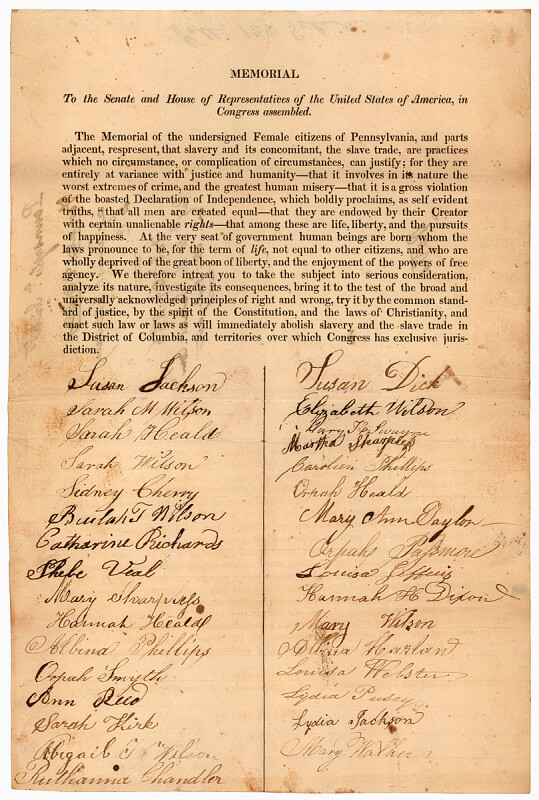
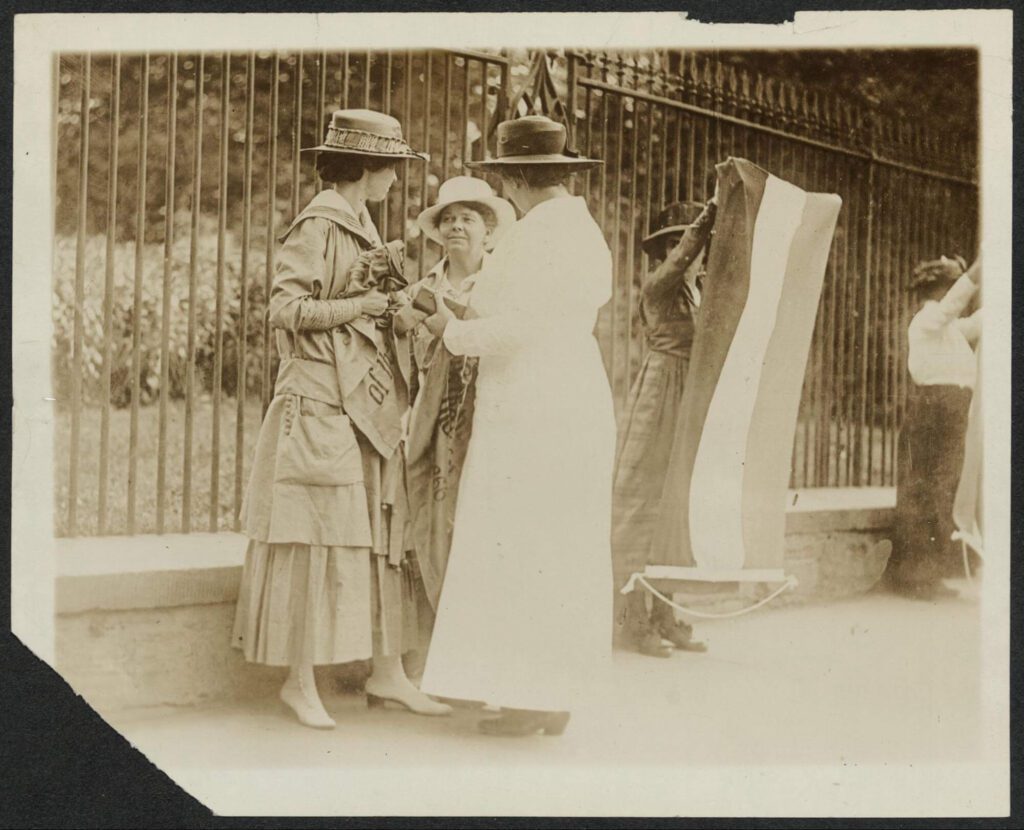



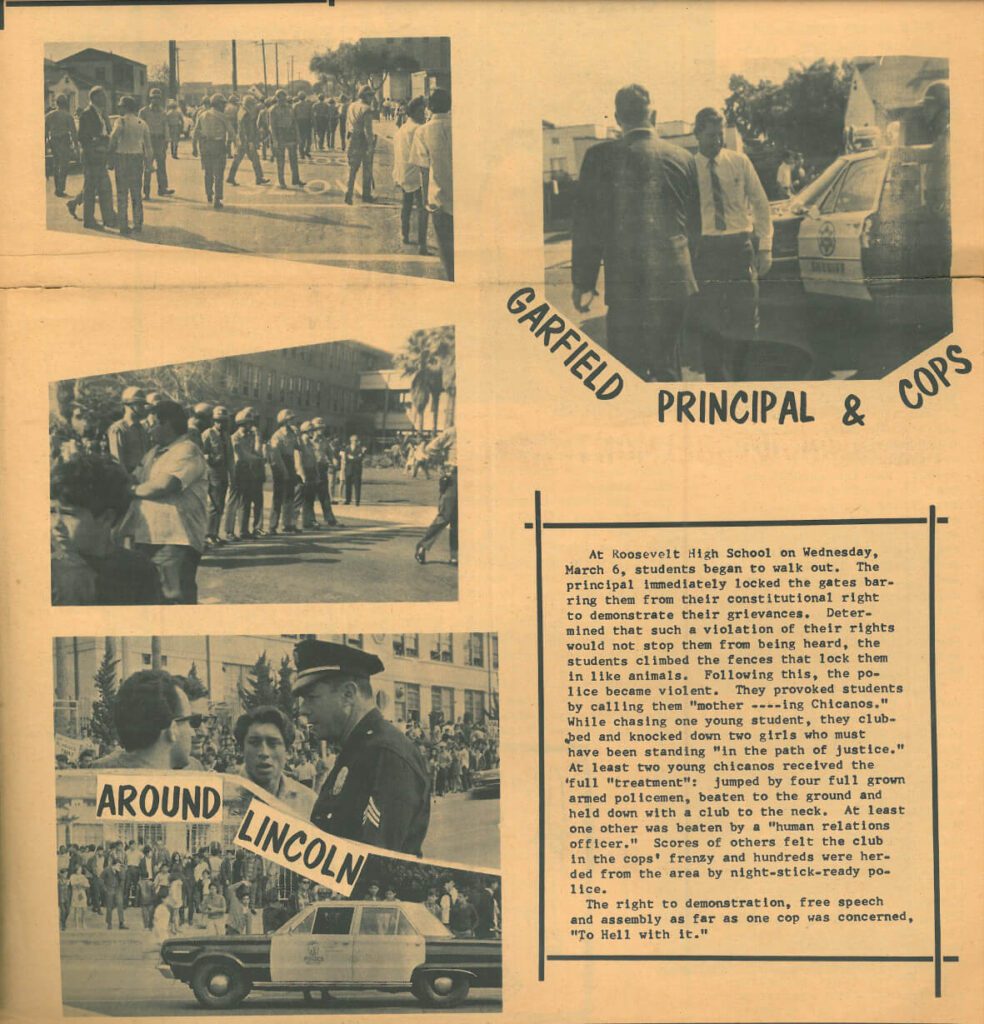
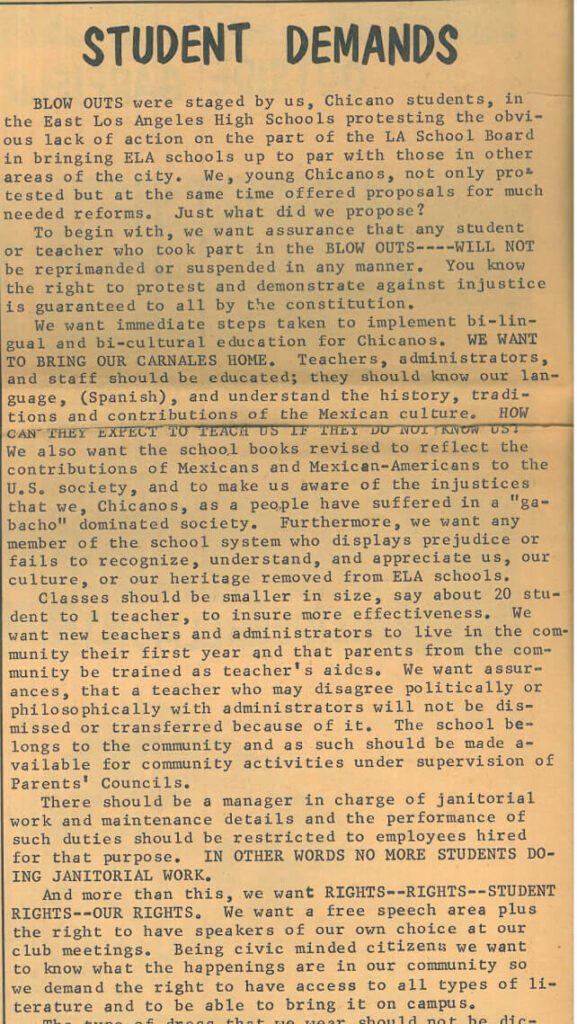
![Village of Skokie v. National Socialist Party of America [photographs,1978]](/wp-content/uploads/2023/09/In-Village-of-Skokie-v.-National-Socialist-Party-1024x682.jpg)
![Village of Skokie v. National Socialist Party of America [photographs,1978]](/wp-content/uploads/2023/09/In-Village-of-Skokie-v.-National-Socialist-Party-2-1024x678.jpg)
![Village of Skokie v. National Socialist Party of America [photographs,1978]](/wp-content/uploads/2023/09/In-Village-of-Skokie-v.-National-Socialist-Party-3.jpg)

